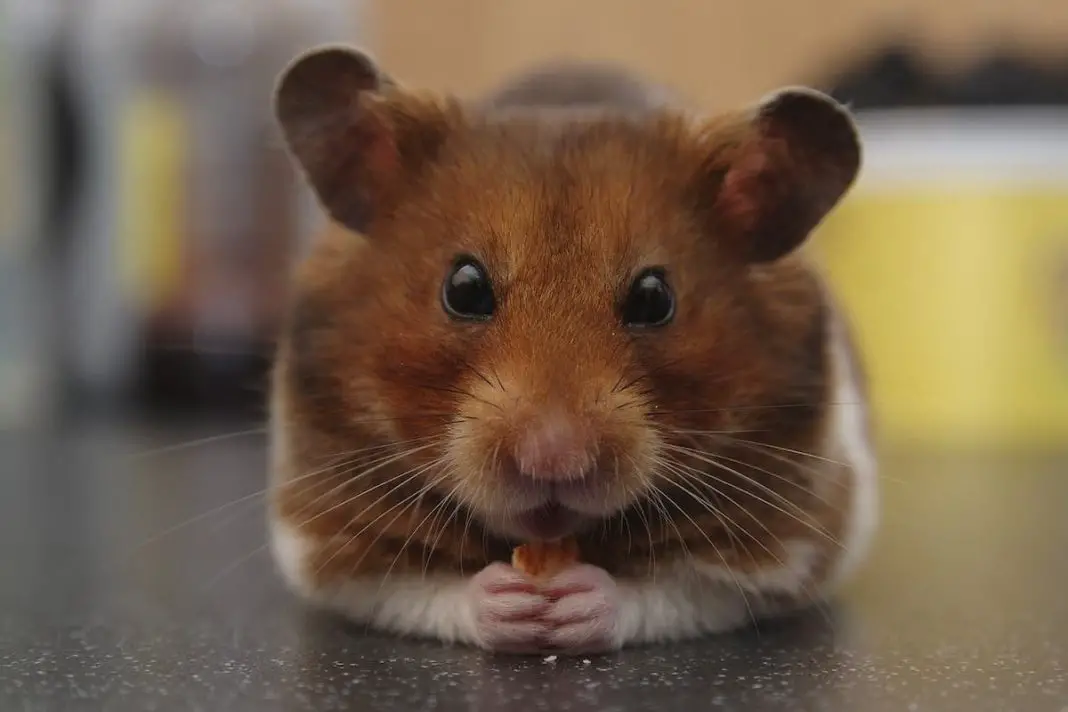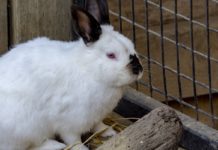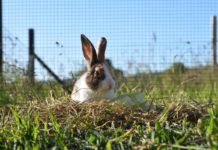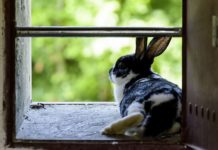Before grabbing the first tree branch you see from your backyard it’s best to make sure that the wood you are offering your hamster is safe, free of pesticides, untreated, preferably organic and is free of roots and paint.
There’re also plants that many people can find in their backyards that can also be good options for their hamster to chew on. Check out this list of woods, vines, and other plant materials that are safe options for a pet hamster.
Safe Woods For Hamsters:
- Cottonwood
- Apple
- Willow (Goat, Weeping or Pussy Willow are preferred)
- Pear
- Mulberry
- Crab-apple
- Hazelnut
- Dogwoods
- Chinese Dogwood
- Horse Apple
- Kiwi
- Pine
- Bamboo
- Grape
- Manzanita
- Hawthorn (although it’s safe, the thorns are best removed)
- Magnolia
- Pecan
- Loquat
- Medlar
- Rowanberry
- Larch
- Chinese Gooseberry
- Longan
- Lychee
- Magnolia
- Oak
- Alderberry (red and white)
- Ribbonwood
- Poplar
- Aspen
- Ash (take care as the seeds contain small quantities of hydrogen cyanide)
- Elm
- Sycamore
- Cottonwood
- Arbutus
- Sickle bush
- Limetree – other names- Linden and Basswood, is regarded as a safe wood to use
Woods Considered Unsafe For Hamsters
- Apricot
- Alder Buckworth wood (bird cherry)- fresh bark is best avoided
- Cashew
- Clematis
- Cedar (including litter cedar shavings)
- Cherry
- All Citrus woods such as orange, grapefruit, lemon or lime (and stone)
- Elderberry bushes
- Chestnut
- Eucalyptus
- Spruce
- Fir
- Aralia Spinosa
- Juniper
- Fresh Cut Pine
- Walnut
- Rosewood
- Black locust
- Maple
- Blackwood
- Almond
- Mahogany
- Plum
- Cherry
- Rambutan
- Boxwood
- Box Elder
- Chinese snake tree
- Cypress
- Ebony
- Greenheart
- Ginko
- Hemlock
- Hydrangea
- Iroko
- Hornbeam
- Katon
- Laurel
- Maple
- Myrtle
- Obeche
- Ramin
- Rhododendron
- Satinwood
- Sandlewood
- Sneezewood
- Teak
- Wenge
- Yew
- Pulasan
- Poison Oak
- Poison Ivy
- Tallow
- All redwoods
Conclusion
If you’re still unsure about giving wood options to your hamster you should be able to find safe wood in your local pet store that’s safe for hamsters. Generally, woods that are marketed for chinchillas or other rodents are usually okay to offer to your pet hamster, although make sure that the type of wood isn’t on the toxic woods list before giving it to your hamster. The same goes for any material that’s in their hide box or any wood that their cage is made out of. You want to make sure that any items in your hamster’s cage are fair game for their teeth to nibble on so you want to make sure that they are safe!
If you believe that your hamster could have eaten some toxic wood, then contact your local vet as soon as possible.








